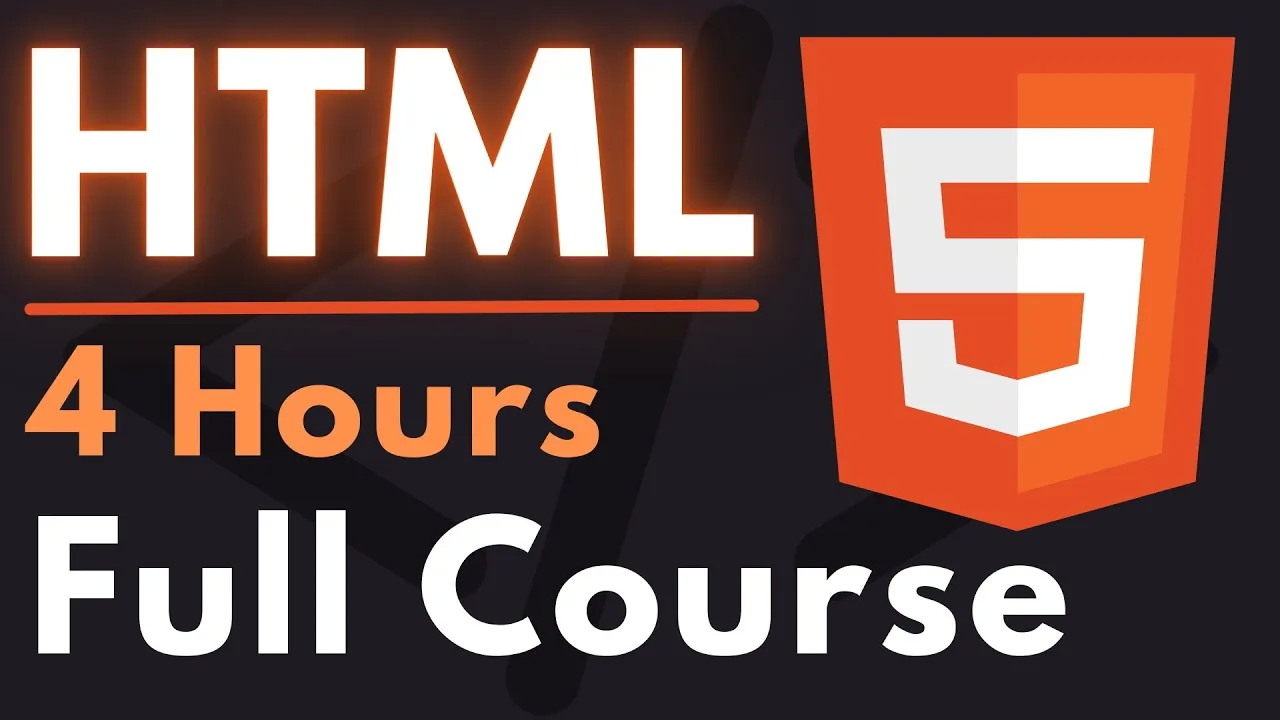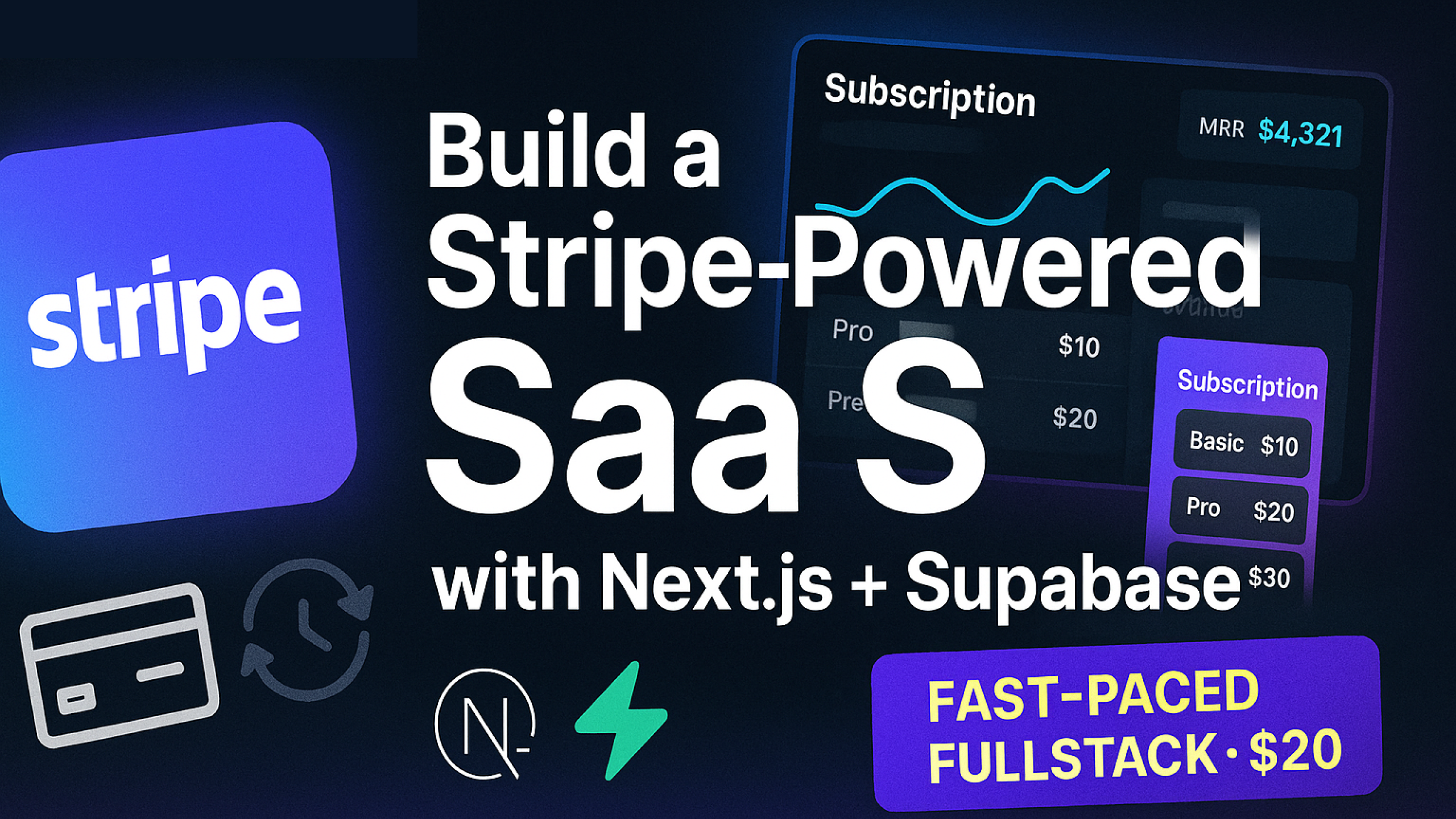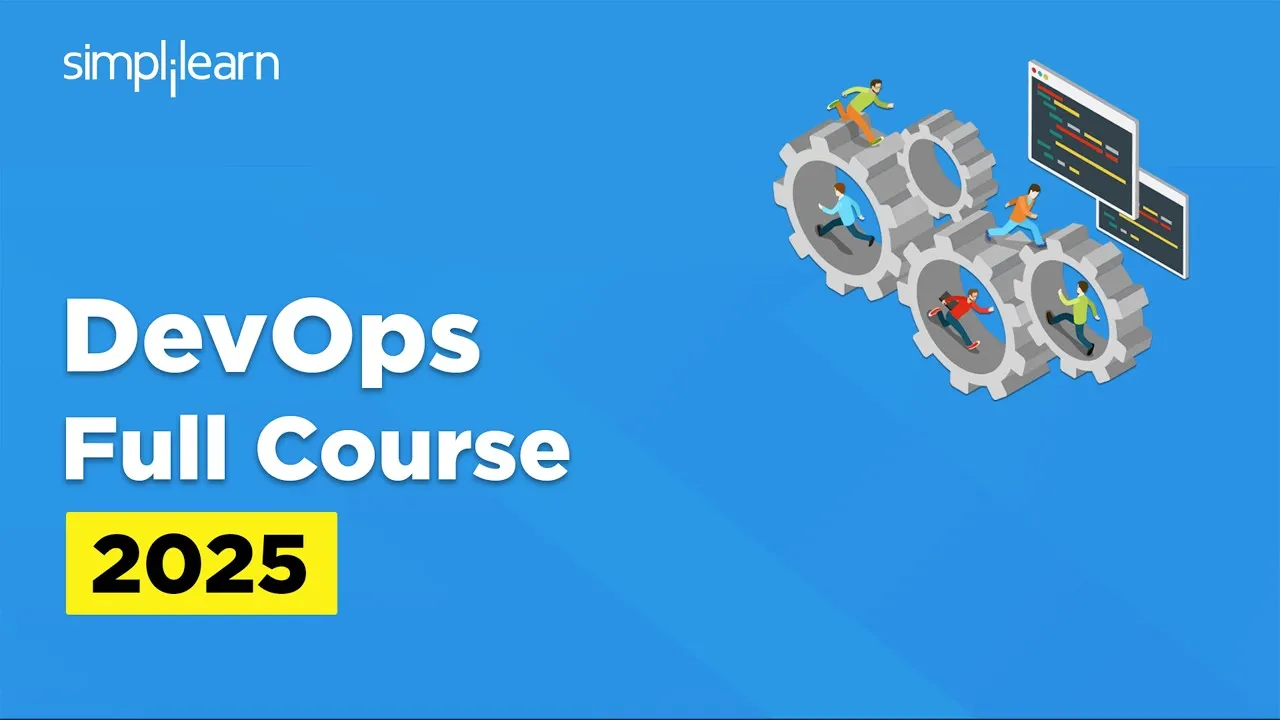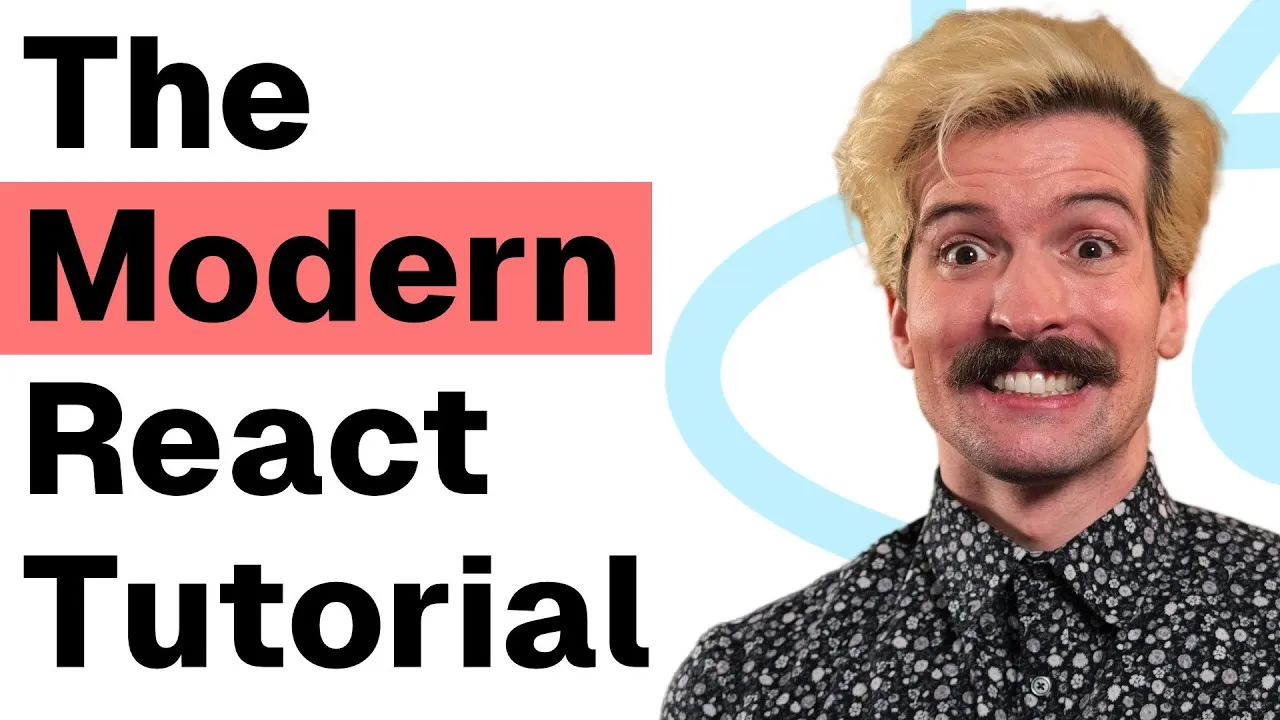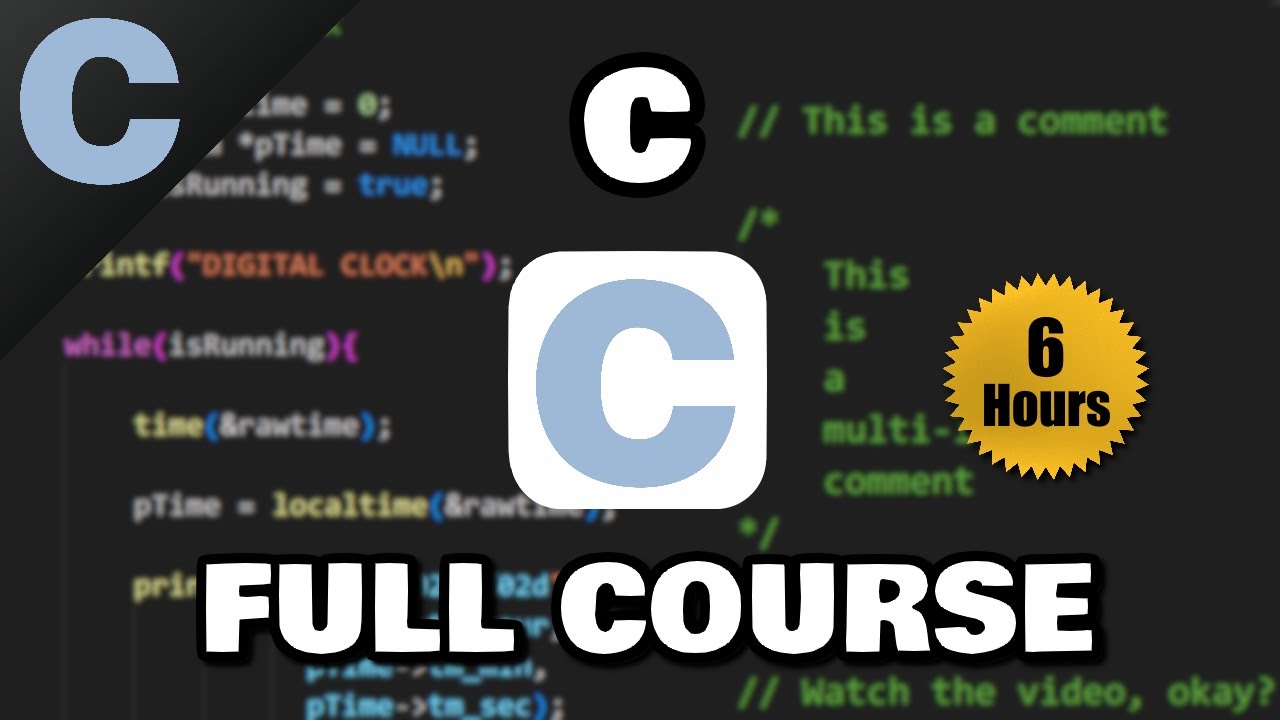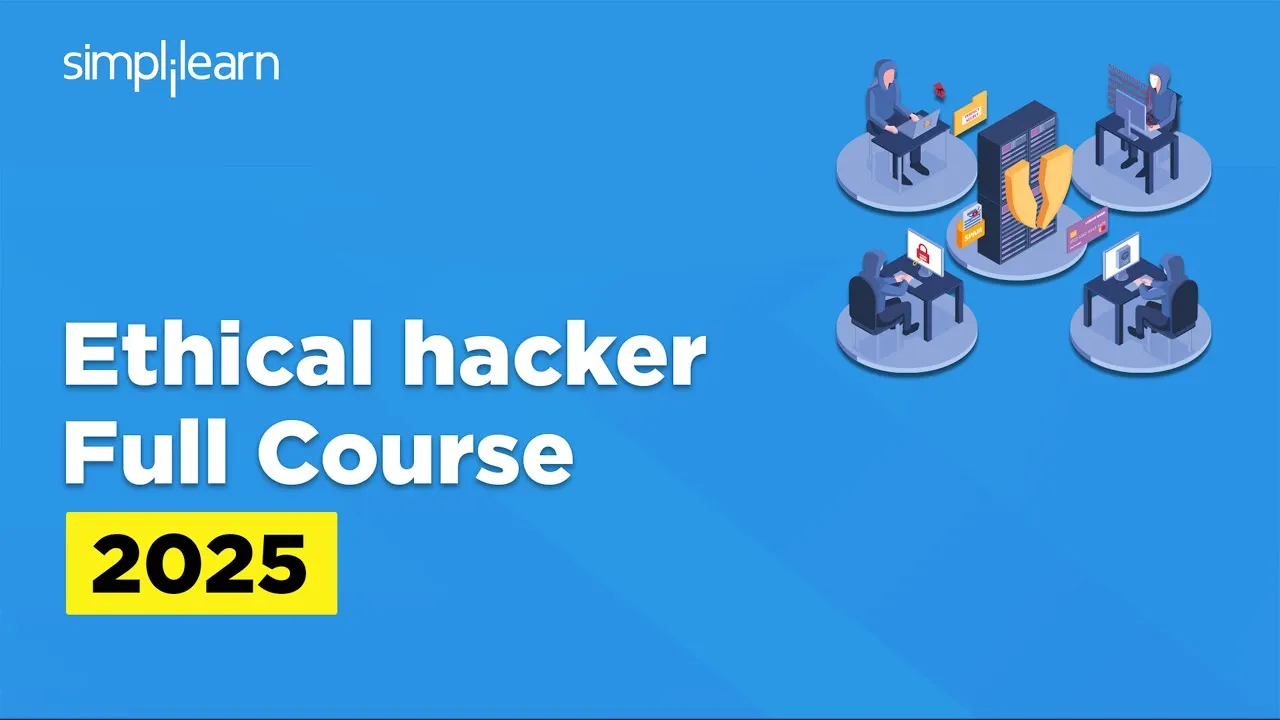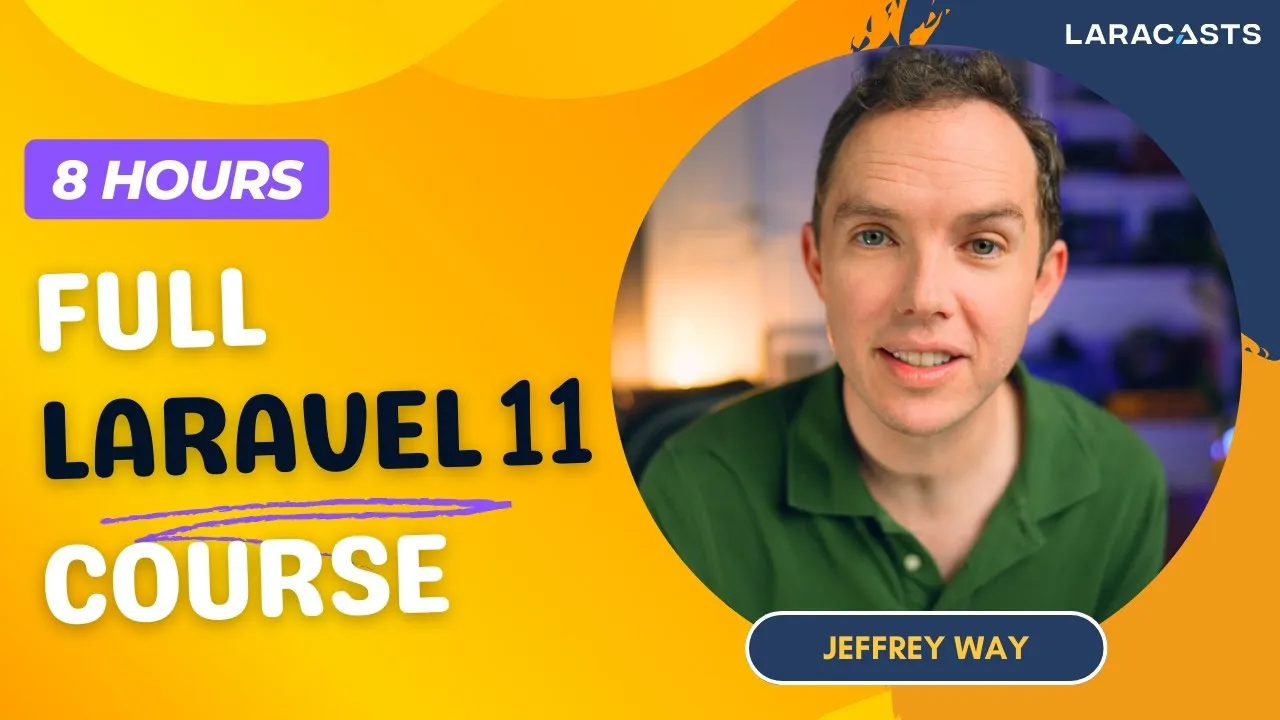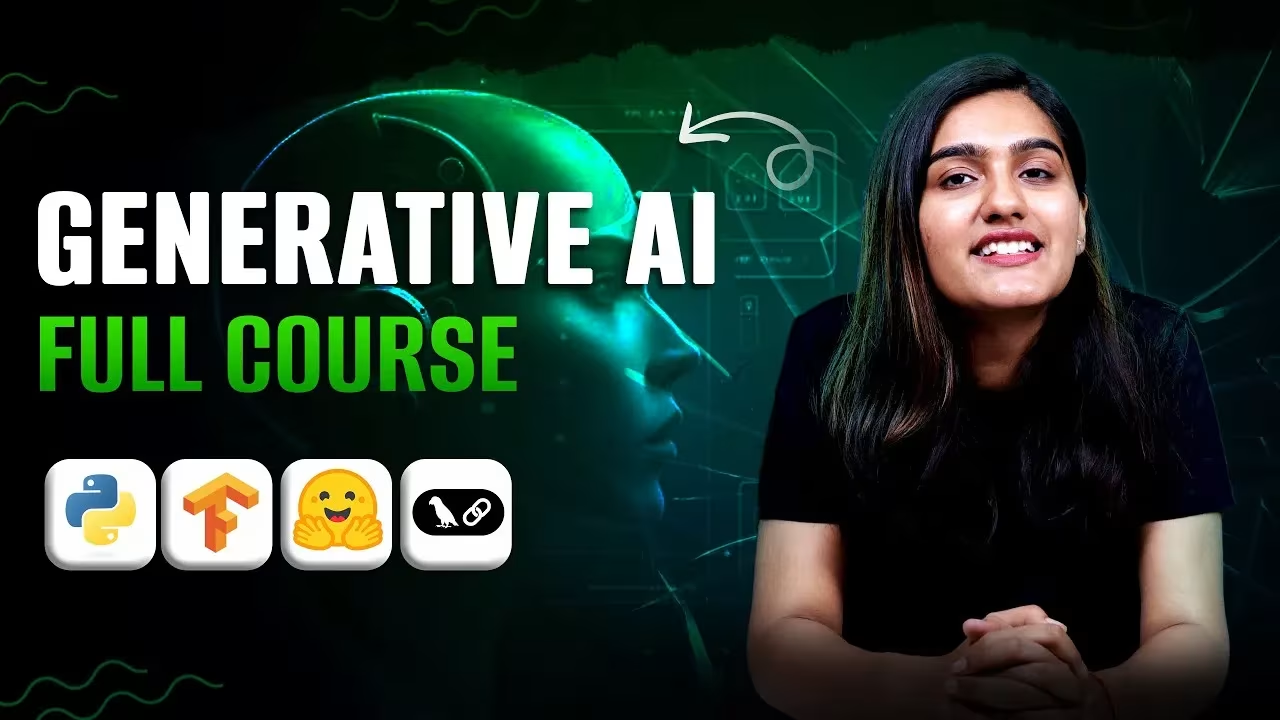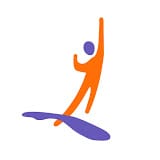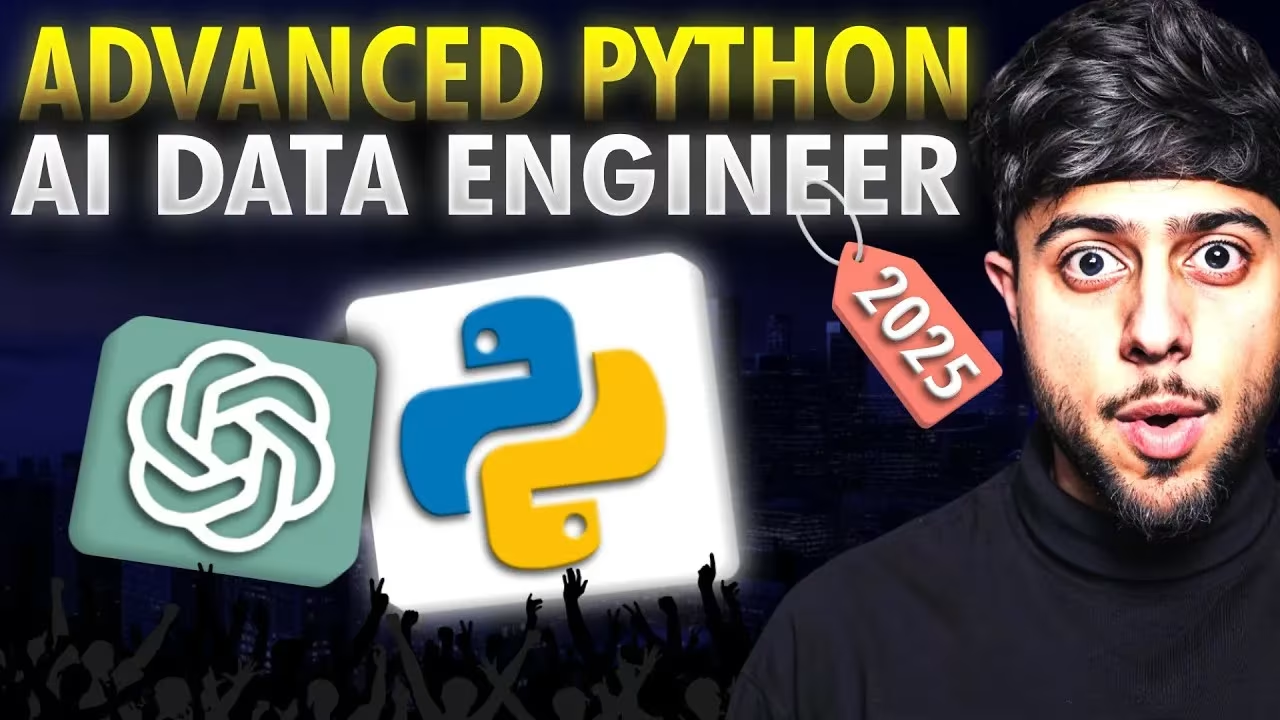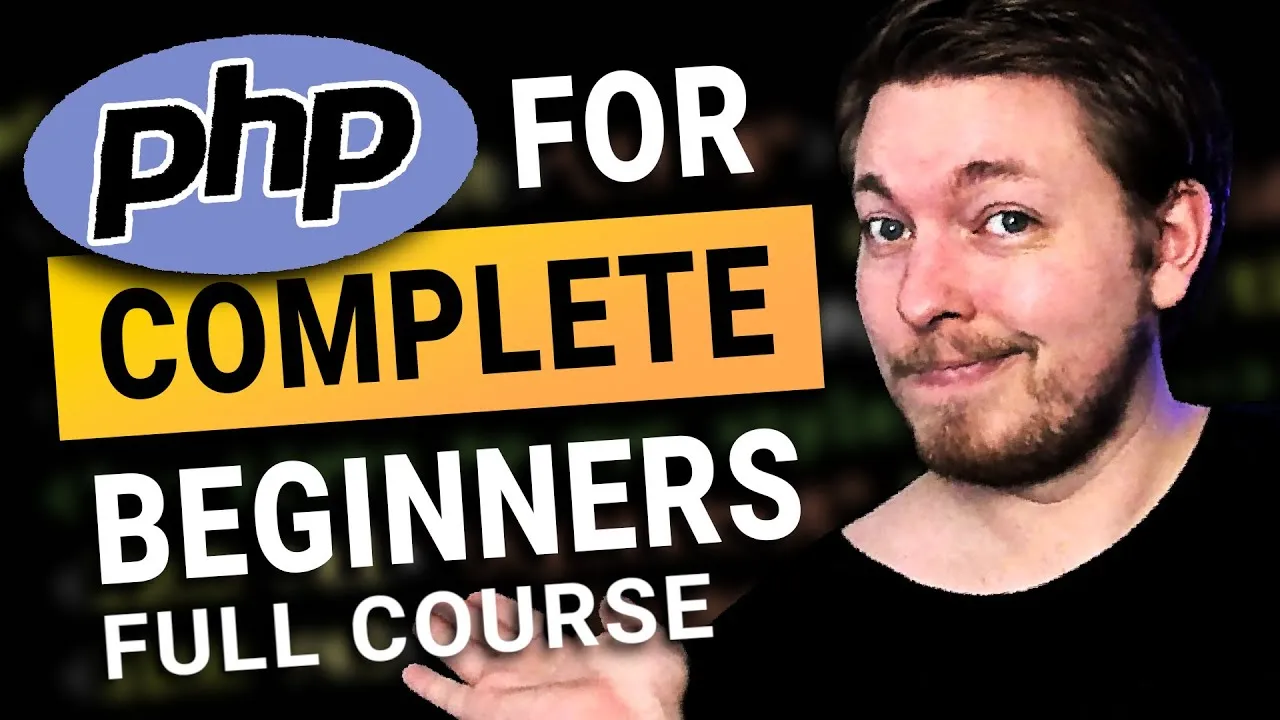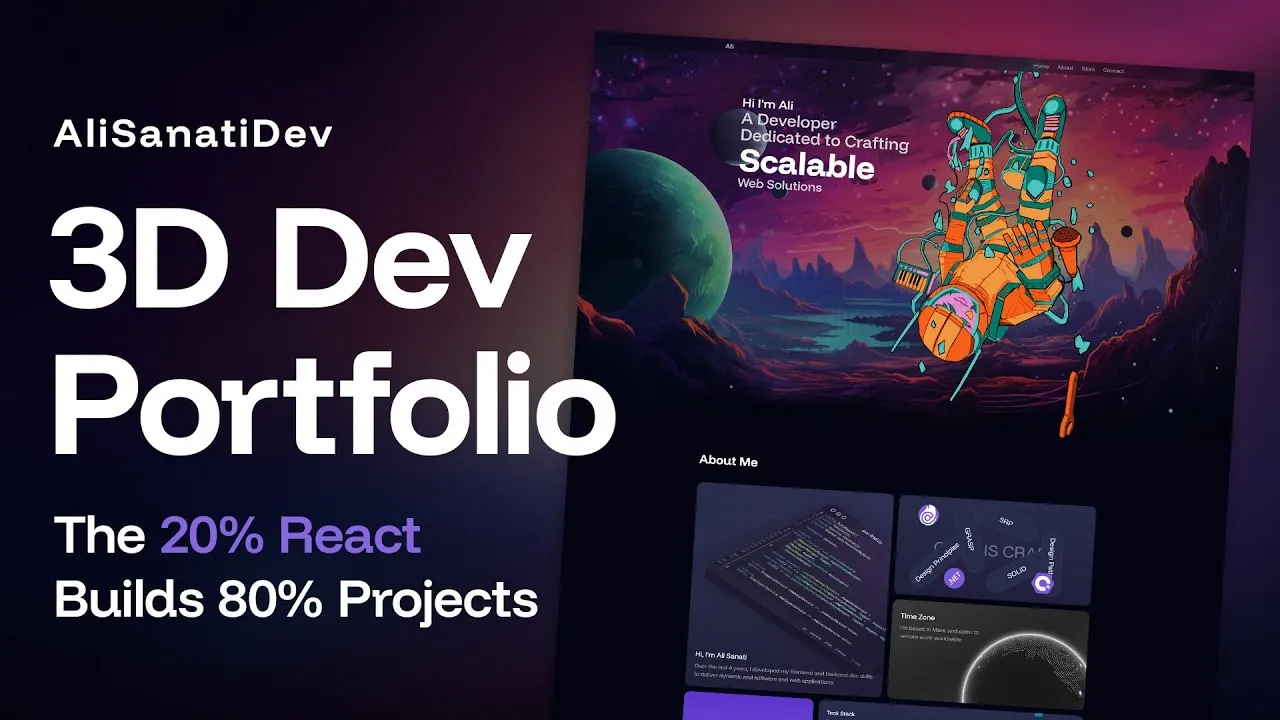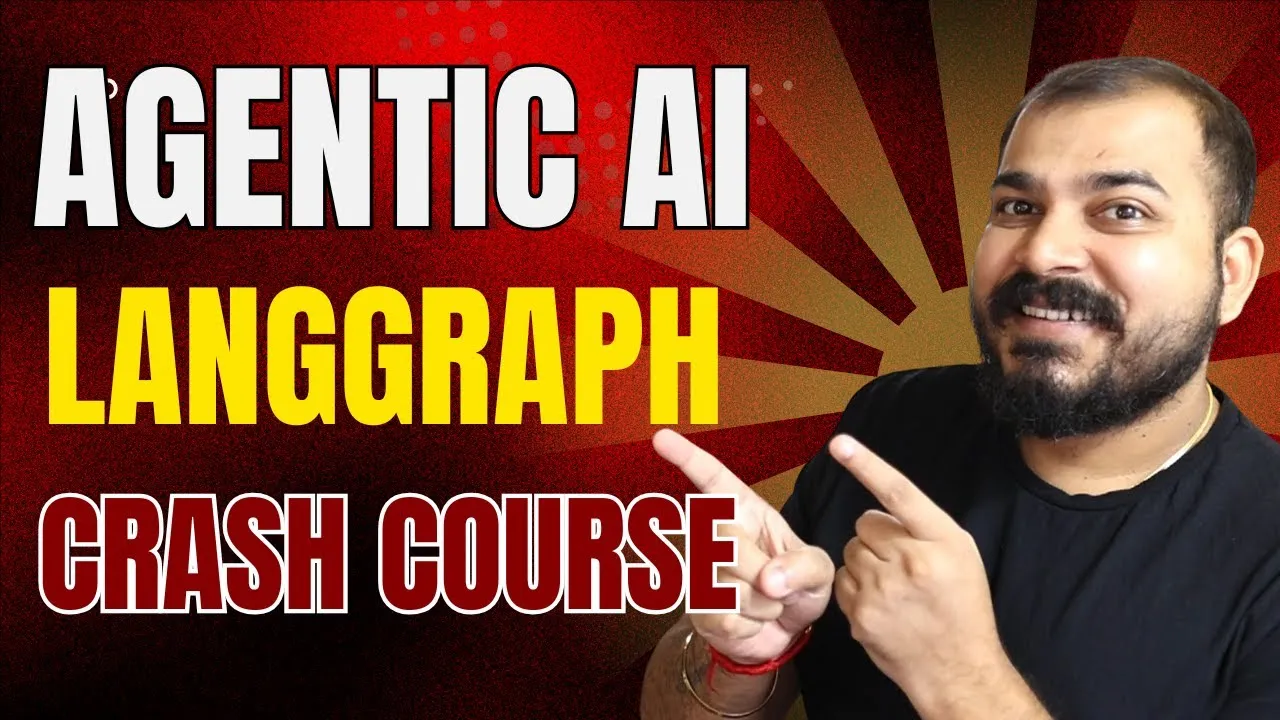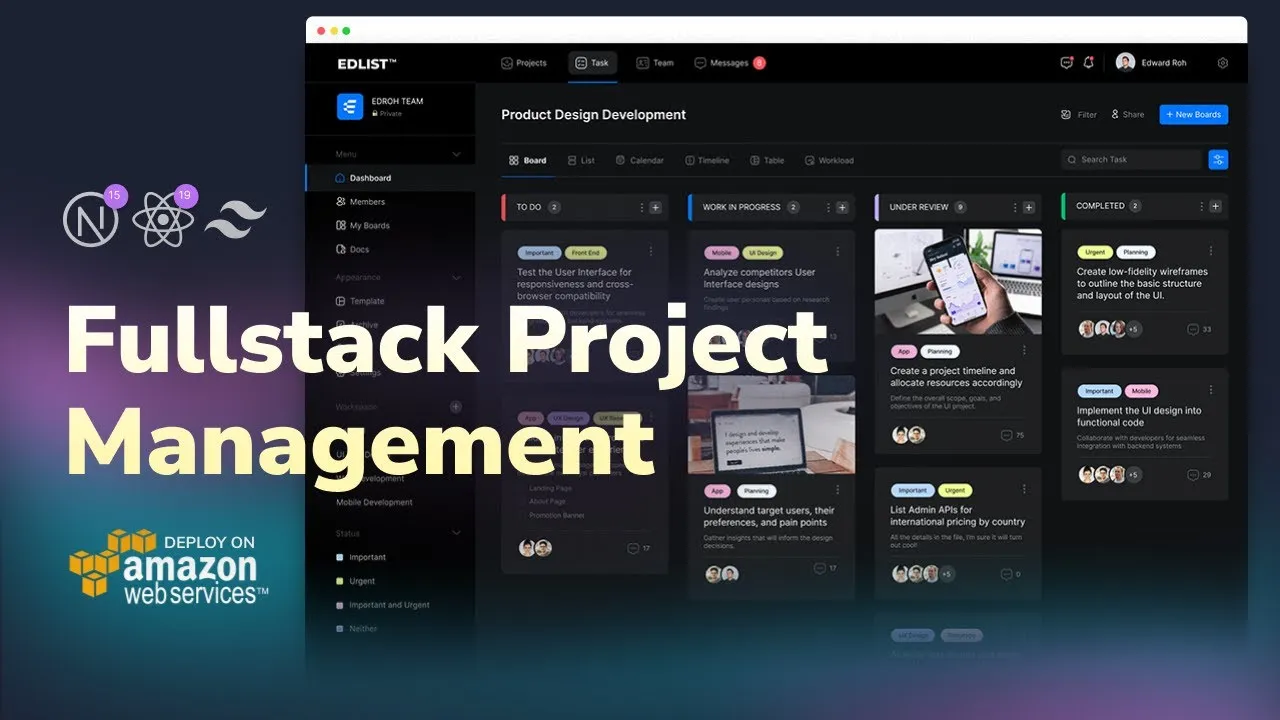Master HTML Full Course for Beginners! Learn tags, forms, tables, and more to build your first website from scratch.
Create Your First Website: Master HTML Full Course for Beginners
Welcome to the ultimate guide to Master HTML Full Course for Beginners. This beginner-friendly course is designed to transform you from an HTML novice to a confident web developer in just over 4 hours. Perfect for those new to coding or seeking to build a strong foundation in web development, this tutorial covers essential HTML concepts through hands-on practice, including building a sample website like “My Little Taco Shop.” Let’s dive into HTML and start crafting your first web pages today!
Course Overview: Master HTML Full Course for Beginners
This course is crafted for beginners eager to learn HTML for web development. We’ll walk you through core concepts, practical applications, and best practices, ensuring you gain the skills to create structured, accessible web pages. By the end, you’ll be able to build a multi-page website from scratch, complete with navigation, forms, and tables.
What You’ll Learn in Master HTML Full Course for Beginners
- HTML fundamentals: tags, attributes, and document structure
- Creating forms, tables, and semantic layouts
- Building a multi-page website
- Ensuring accessibility and SEO optimization
- Debugging and validating HTML code
Duration: 4 hours
Level: Beginner
Prerequisites: No prior coding experience required.
Course Breakdown: Master HTML Full Course for Beginners
Here’s a detailed breakdown of the topics we’ll cover in this 4-hour journey to master HTML basics:
1. Introduction to HTML (00:00 – 00:15)
Begin your HTML journey with a clear understanding of what HTML is and its role in web development. Discover why HTML is the foundation of every website.
Key Takeaways:
- Purpose of HTML in structuring web content
- Benefits of learning HTML for beginners
- Introduction to the course project: My Little Taco Shop
2. Setting Up Your HTML Environment (00:15 – 00:45)
Get started by setting up your development environment. Learn to create your first HTML file and explore essential tools for coding.
Key Takeaways:
- Installing a code editor (e.g., Visual Studio Code)
- Writing your first HTML document
- Understanding the <!DOCTYPE> declaration and basic tags
3. Core HTML Tags and Elements (00:45 – 01:30)
Explore essential HTML tags to structure content. Learn to use headings, paragraphs, lists, and images to create engaging web pages.
Key Takeaways:
- Using tags like <h1>, <p>, <ul>, and <img>
- Applying attributes for customization
- Organizing content for clarity and user experience
4. Semantic HTML for Accessibility (01:30 – 02:00)
Master semantic HTML to build accessible and SEO-friendly websites. Use tags like <header>, <nav>, <main>, and <footer> for better structure.
Key Takeaways:
- Importance of semantic HTML for accessibility
- Enhancing SEO with proper markup
- Structuring a page with semantic elements
5. Building HTML Forms (02:00 – 02:45)
Learn to create interactive forms for user input, such as contact or order forms, with a focus on usability and accessibility.
Key Takeaways:
- Creating forms with <form>, <input>, and <label>
- Adding validation and accessibility features
- Designing user-friendly forms
6. Working with HTML Tables (02:45 – 03:15)
Discover how to display tabular data, such as menus or schedules, using HTML tables. Ensure tables are accessible and responsive.
Key Takeaways:
- Building tables with <table>, <tr>, <th>, and <td>
- Adding captions and headers for clarity
- Optimizing tables for mobile devices
7. Navigation and Page Linking (03:15 – 03:45)
Create a multi-page website by linking HTML files and building a navigation menu for seamless user navigation.
Key Takeaways:
- Using <a> tags for hyperlinks
- Creating a navigation bar with <nav>
- Connecting multiple pages for a cohesive site
8. Embedding Images and Media (03:45 – 04:00)
Enhance your website with images and multimedia. Learn to optimize media for performance and accessibility.
Key Takeaways:
- Adding images with <img> and alt text
- Embedding videos and audio with <video> and <audio>
- Optimizing media for faster load times
9. Debugging and Validating HTML (04:00 – 04:15)
Ensure your HTML code is error-free and standards-compliant by learning to validate and debug common issues.
Key Takeaways:
- Using the W3C HTML Validator
- Identifying and fixing HTML errors
- Ensuring cross-browser compatibility
10. Conclusion: Your HTML Journey Begins (04:15 – 04:30)
Wrap up with key takeaways, next steps, and resources to continue your web development journey with CSS and JavaScript.
Key Takeaways:
- Recap of HTML fundamentals
- Recommended tools and learning resources
- Next steps: Exploring CSS for styling
Why Master HTML Basics?
HTML is the cornerstone of web development, enabling you to structure content and create user-friendly websites. By mastering HTML, you’ll:
- Build professional, accessible web pages
- Establish a foundation for learning CSS and JavaScript
- Boost your career in web development
- Create real-world projects like My Little Taco Shop
Enroll Now Master HTML Full Course for Beginners
Ready to master HTML basics? Follow this course to gain hands-on experience and become proficient in HTML in just over 4 hours. Whether you’re building a personal portfolio, a business site, or a fun project like My Little Taco Shop, this tutorial equips you with the skills to succeed. Start coding now and bring your web ideas to life!
Next Steps:
- Build the My Little Taco Shop website
- Practice creating forms and tables
- Explore CSS to enhance your HTML pages
